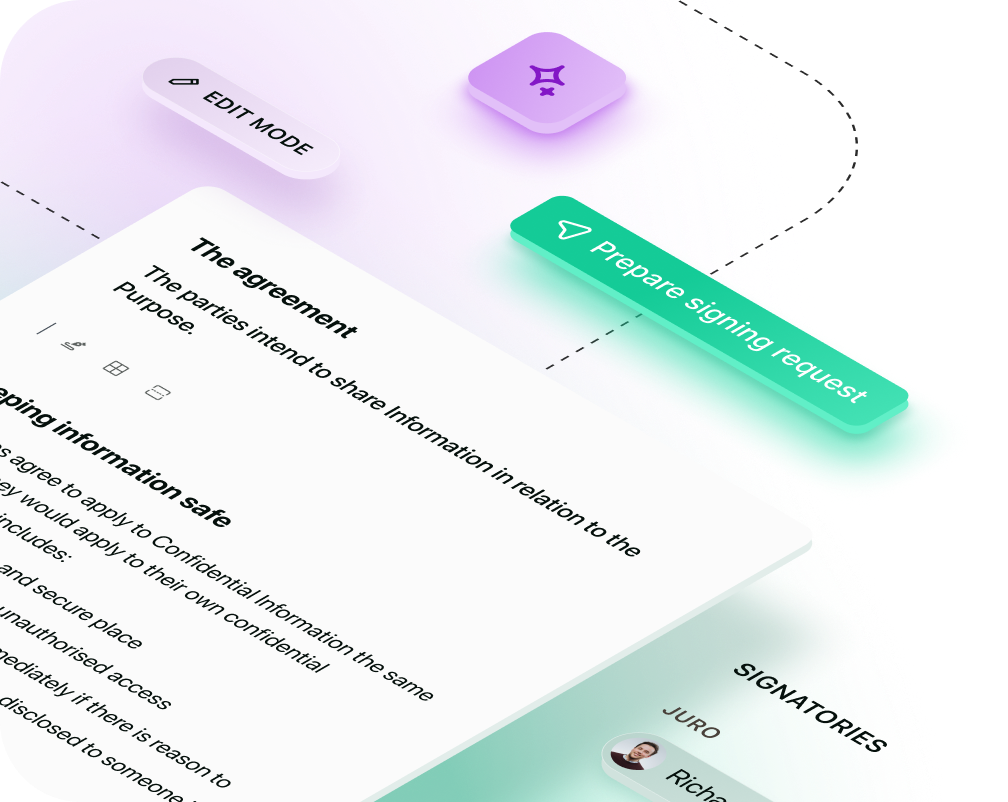Solutions
Customer Support
Resources
Publishing agreements require meticulous attention to detail and expertise in drafting, use this free publishing agreement template as a starting point.




In the literary world, a publishing agreement is as essential as an NDA is in the corporate sector. Whether you're an author, agent, or publisher, a well-drafted publishing agreement ensures that the rights, responsibilities, and royalties are clearly defined and protected.
Let's delve into the intricacies of publishing agreements and how you can create one that suits your needs.
A publishing agreement is a legal contract between an author and a publisher. This document outlines the terms under which the publisher will produce and distribute the author's work.
It covers various aspects such as rights assignment, royalty rates, delivery of manuscripts, and marketing obligations.
Publishing agreements can vary greatly depending on the type of work being published, the reputation of the author, and the size of the publishing house.
They are vital for both parties as they protect the author's intellectual property and ensure the publisher can profit from the investment in the book.

There are several types of publishing agreements, each tailored to different publishing scenarios:
A publishing agreement should be used whenever an author's work is being published. A publishing agreement can be used for:
Publishing agreements are typically drafted by the publisher's legal team but can also be provided by literary agents who represent authors. In some cases, authors may draft their own agreements using templates if they are self-publishing.
.avif)
A comprehensive publishing agreement should cover the following:
Clearly identify the author and the publisher, including contact information.
Specify which rights are being transferred to the publisher and which rights the author retains.
Outline the timeline for the manuscript delivery and the terms for its acceptance.
Detail the royalty rates, any advances against royalties, and the schedule for payments.
Define the obligations of the publisher and the author in marketing the book.
Include clauses where the author guarantees the originality of the work and indemnifies the publisher against legal actions.
State the terms of the contract and conditions for renewal or termination.
Discuss rights for adaptations, such as film or foreign language editions, and how profits are shared.

Creating a publishing agreement from scratch can be a daunting task. The traditional process often involves:
Authors and publishers often face challenges such as:
Modern solutions allow for the automation of routine contracts like publishing agreements. With automated templates, you can:
.avif)
Automating the publishing agreement process can lead to:
If you're looking to streamline your publishing contract process, consider exploring contract automation solutions.
Juro offers a unified platform to create, manage, and store your publishing agreements. Ready to learn more? Contact us for a demo below.
Juro is the #1-rated contract platform globally for speed of implementation.


Juro embeds contracting in the tools business teams use every day, so they can agree and manage contracts end-to-end - while legal stays in control.
Book your demo